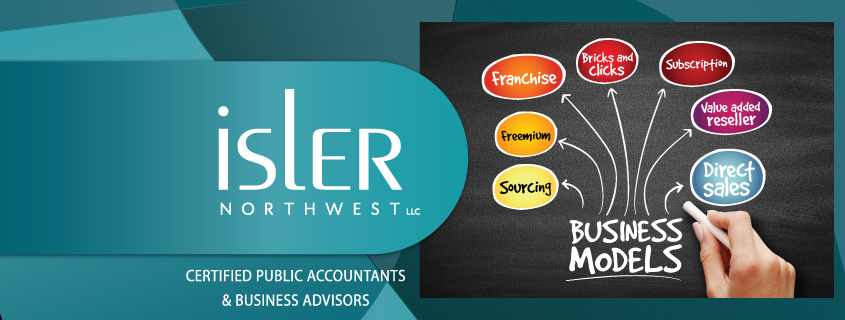Think for a moment about the many ways that the world has changed since Steve Jobs first introduced the iPhone to the world in 2007.
Overnight, entire industries were upended. Nobody needed a standalone camera because they were suddenly carrying one around with them in their pocket all day. GPS units for your car became irrelevant. Everyone was suddenly connected to one another all day, every day, thanks to a ubiquitous Internet access point that followed you around wherever you went. The list goes on and on.
Of course, all of this demands the question – what do you do if your business model gets disrupted by new technology? At this point, it’s likely not a matter of “if,” but “when.” It’s a very common issue facing many established legacy organizations in particular. But even though they may no longer be as glamorous as they once were, it’s still possible to have steady revenue and balance sheets. Getting to that point simply requires you to keep a few key things in mind along the way.
Owning a Business in the Age of Disruption: Breaking Things Down
Again, the best way to survive any type of technological disruption to your business model involves acknowledging that this is a real possibility, to begin with. Indeed, this is one of the major challenges that legacy organizations in particular often face. Their leadership (and often their employees) have a built-in resistance to change. “These methods have always worked in the past,” they tell themselves. “Don’t fix what isn’t broken.”
This almost always leads to a lack of vision when it comes to leadership, which can instill an unfortunate intolerance for things like risk and a fear of change across the entire organization. In reality, the opposite is necessary. Businesses need to be in a position to pivot, not just in terms of how they do things, but possibly with regard to what they’re doing at all.
To help make things easier, consider it all within the context of a traditional product life cycle. There are four major stages: the exciting introduction of a new product, the growth of that product (and the associated business) as consumers discover it, the maturity phase, and an eventual decline. It’s a tale as old as time and one that happens to even the most successful businesses.
Sometimes the growth phase will be longer than others. You might not get to spend as much time in that maturity phase as you’d like before new challengers emerge. But the key thing to understand is that this decline will come and you need to be ready for it, regardless of whether it is driven by some major technological shift.
Thinking about it in those terms – that the decline stage is inevitable and that you always have to be preparing for the “next thing,” rather than being jaded about being upended in the industry by technology before you were ready – can contextualize the work you have in front of you. From that point of view, it’s really no different than any other situation you might find yourself in.
This is why legacy companies always need to be willing to reinvent themselves and they can often use those same disruptive technologies in order to do it. Embracing machine learning tools, for example, can more effectively ingest data and can lead to better recommendations about your products, your services, and your market. The Internet of Things can enable automation across your enterprise, freeing up resources so that human employees can focus more on innovation. Technologies like virtual and augmented reality can create a new way to connect with your target audience.
The same tech that could potentially disrupt you can also be a major opportunity for evolution and advancement – you just have to be willing to see it that way and put your effort into the latter idea as opposed to the former.
In the end, sitting on your laurels is not something that can last forever – particularly in the fast-paced modern world that we’re now living in. Regardless of how old your business is or how successful it has been up until now, you need to be proactive about dealing with the possibility that disruptive challengers could be right around the corner. Modern threats like ChatGPT can and often will appear suddenly. It’s up to entrepreneurs everywhere to put the strategies in place today that they can rely on to survive tomorrow.
At that point, you won’t just be in a position to stop the disruptions – you can potentially use them to your advantage, too.
If you have any questions, please contact our office at (503) 224-5321. Isler Northwest LLC is a firm of business advisors and CPAs in Portland, Oregon. Our service goal at Isler Northwest is to earn our clients’ trust as their primary business and financial advisor.
Isler Northwest
1300 SW 5th Avenue
Suite 2900
Portland, Oregon 97201



